Confronting and Transforming Pain in Our Meetings
Over the past two years, I have been gathering Quaker stories with JT Dorr-Bremme. We hold listening sessions that are part interview, part conversation, and part worship. We meet without scripted questions; our goal is simply to listen. To date, we have met with more than 35 Friends in the United States and Canada. These sessions form the Listening Project, a series of conversations about healthy spiritual communities.
In listening sessions, Friends have noted three types of conflict avoidance present in their communities. These include: politeness, buried conflict, and stoicism. Although these elements may not be present in every community, we have noticed them consistently in our research. One Friend described how conflict avoidance is linked to other types of deflection. “As a country,” they said, “we need to learn how to bear pain. In particular, as White people, we need to learn how to bear pain.”
In a listening session, a teen told us that it was difficult to tell what people were really thinking in their Quaker community, because of a culture that discourages disagreement among Friends. Another Friend said simply, “Quaker spaces are polite.” As Quakers and as Americans, she said, we are taught to take the “wild things in our mind” and stuff them back inside of ourselves for the sake of politeness. (All Friends quoted in this article have approved their words for publication.) A third Friend lamented, “We are assimilating to American values, at the expense of living out our faith.”
A newcomer told us about sharing information at a business meeting and receiving a scolding in response. “All of this history was coming up that I didn’t know about,” she said, “and it was agitating people.” Unbeknownst to her, there had been a long-standing conflict regarding a local Friends school. She entreated:
For the health of a meeting, if people are still holding on to a situation that happened, let’s say, over five years ago, where does the healing come in? Where does the forgiveness come in?
Politeness and conflict aversion are related to a third element: stoicism. Oxford Languages defines “stoicism” as “the endurance of pain or hardship without [a] display of feelings and without complaint.” Stoicism is a way of bearing pain while limiting outward expression. In the dominant culture of the United States, stoicism is encouraged, especially in men. Bearing pain inwardly may indicate inward strength. Our testimony of community, however, calls us to ask for help when we need it.
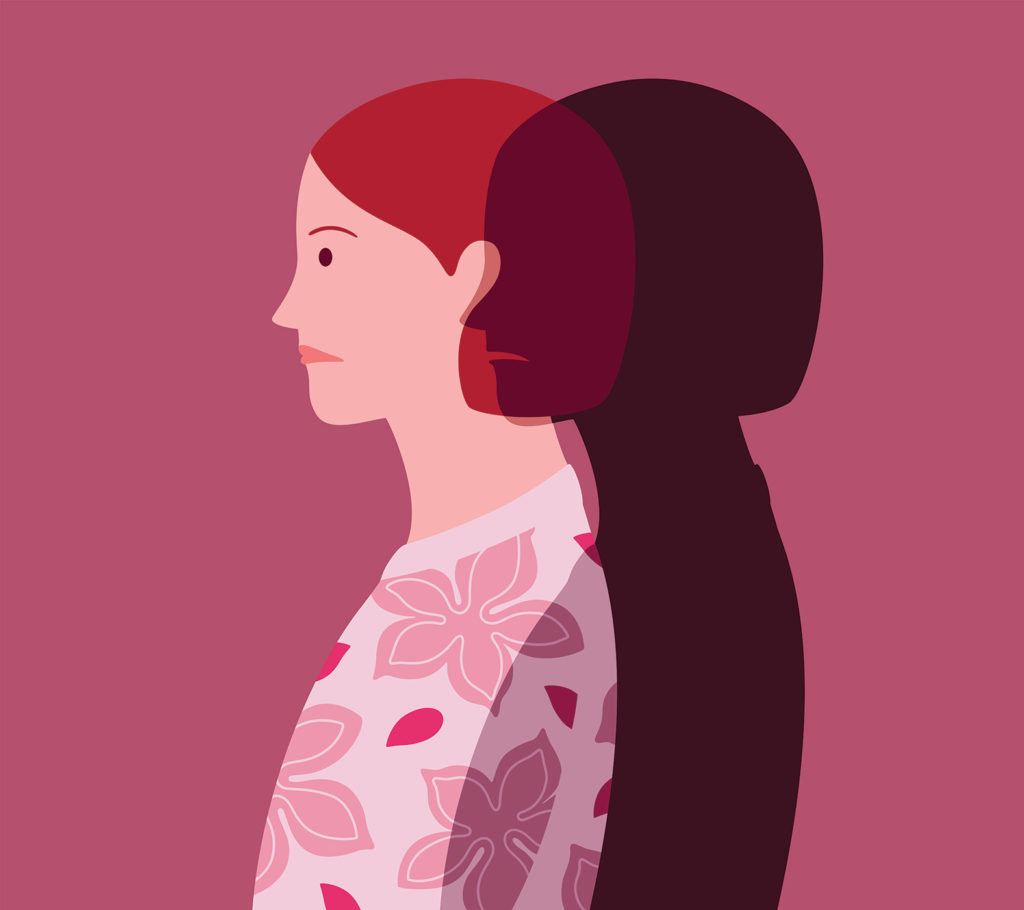
Moving Beyond Stoicism
In a listening session, one Friend defined stoicism as “the idea that we should be able to handle our own emotions.” Alyssa Nelson is the former youth programs coordinator for Pacific Yearly Meeting; she noted that “Some other religious groups may have more comfort with strong emotions than Quakers do.”
This inward suppression, this avoidance of strong emotions, has its disadvantages. Hearing Alyssa’s words, I remembered a time when stoicism had brought harm to me personally. At one point when I was attending Quaker meeting, I carried a load of grief. I needed to find a place where I could process my pain. I had never seen anyone cry openly in worship and was unsure what to do. I asked a few people what Quakers did for grief. In hearing their replies, unfortunately, I felt that I had reached a dead end.
Looking back, I told Alyssa and JT about this experience. It brought up strong emotions for me. Alyssa and JT gave me loving space. “I have some thoughts and feelings to share,” Alyssa said, “but I don’t want to interrupt you.” Here is how they accompanied me in that pain:
Alyssa: I’m really sorry that that happened to you, Johanna.
Johanna: Thanks. There was no one who was saying, let me sit with you; you’re grieving. People may have said, do you want to talk about it?, but I wanted something deeper. I was wondering, can I be put in the arms of the community at this moment, while I move through my grief? And at the time, the answer was no, because we didn’t have our arms ready right then.
Alyssa: Ow!
[JT holds the space.]
Johanna: It seemed like there were only a couple of people on the fringe, who could meet me in my grief. Maybe that wasn’t actually the case, but that is how it seemed.
Alyssa: In a healthy community—in my judgment of a healthy Quaker community—they would’ve been able to say, yes, there are things that we can do. I mean, Quakers can make up things to do, but that takes a certain amount of maturity. But we have weighty Friends. We recognize when somebody has a certain spiritual maturity—not just as an individual but as a member of the community. And we have meetings for healing.
Johanna: I think I needed one at that moment.
Alyssa: I’ve participated in only a few of them, because they kind of weird me out sometimes. But when I’m close to people, I’ve found them very helpful. Really, I think that our avoidance of ritual sometimes becomes a ritual in itself.
Johanna: A ritual would’ve helped, I think. I needed a container when I was grieving. If we’re transforming and we need a vessel, then rituals can be very safe vessels.
Alyssa: Yes.
I share this excerpt because it shows three things: First, it shows a practical example of accompaniment for someone in pain. Alyssa and JT remained rooted and present; they offered space and care. JT held us both in a loving, prayerful quiet. All this helped me release my pain. They didn’t run away; they didn’t try to fix me.
Second, Alyssa listed several tools that can help people who are grieving. These include meetings for healing, accompaniment, listening, and new ceremonies. A healthy community, she said, has its tools at the ready. There may also be times when a community needs to gather its tools.
Third, I share this excerpt because of how it demonstrates pastoral care. Though I was in a leadership role that day, I needed to receive care. I needed to move from the energy of giving to receiving. Lloyd Lee Wilson, a Quaker minister, once described this give and take: “Building community,” he said, “is about building a safe place to be brave.”
In the listening session with Alyssa and JT, I had a safe place to be brave. I could let myself fall apart into the arms of the community, just as I had wished to years before.
Other Ways Forward
Melinda Wenner Bradley, a Quaker educator, has worked for many years to support welcoming meetings that include families. In a listening session, she suggested that unprogrammed Friends may need to become more open to semi-programmed worship as one way forward. Melinda acknowledged that this could be a challenging shift for some Friends. At the same time, she said, light programming would meet spiritual needs for many people. These include “children, youth, and people of any age who have a hard time sitting still for 60 minutes.” It also includes neurodiverse Friends and people with physical injuries.
Overall, Melinda emphasized the importance of passing on Quaker heritage intentionally. She stated:
Waiting worship isn’t something that we learn through osmosis by being in worship; it’s a learned practice that perhaps some light programming could support.
Indeed, the fastest-growing Quaker groups worldwide are those that offer some programming. As a Friend once told me: “An hour of silence once a week does not build a community.” When we explored this theme in the listening session, Melinda added, “The quiet space is a container, but silence is not the point. It’s not our purpose; it’s our vehicle.”
Three Rivers Meeting, part of New England Yearly Meeting, is one group committed to semi-programmed worship. Three Rivers is “reclaiming Quaker practice for today’s times.” Worship begins with a reminder of the group’s norms and purpose. After hearing these guidelines, attenders know what behavior is acceptable and what is discouraged. Friends move into a prepared message, which is followed by small-group prayer requests. This format gives people opportunities to take risks, ask for support, and respond with tenderness and love.
In this group, the prepared worship does, indeed, “prime the pump” for further reflection. Kristina Keefe-Perry, a Three Rivers host, once welcomed Friends with a prepared message: “There are many for whom the holidays bring great grief,” she said. “I know that I, and maybe you, may be carrying grief.” Kristina’s invitation seeded ministry about grief. Later, one Friend shared, “God needs us to name our discouragement. God needs us to name our lamentations to God’s ears.” Such community-building welcomes a range of emotions as well as a range of people.
“Politeness is not peace. Suppression of our feelings is not peace. Silence, in the form of enforced and unemotional quiet, is not peace.”
Transforming Pain
Welcoming in a range of emotions can be risky work: it requires wisdom, knowledge, and care. In building a “safe place to be brave,” Friends may encounter people with different histories, traumas, and conflict styles from their own. As a trauma survivor, I have had experience in working through pain. I believe that bearing pain becomes easier when we use the following steps:
- Notice what you are feeling. Be honest about what you feel inside you. If you can’t tell what it is, check again later.
- Notice when pain is present. This may be physical, emotional, or spiritual pain. You may not choose to deal with it immediately, but it is important to acknowledge when you are in pain.
- Take time to be with that pain. Later that day, later that week, take some time to move through your pain. This may be with movement, art, crying, venting, or any action that helps you discharge the emotion. It may be by yourself or with others.
- Seek community support. We need to have trustworthy people nearby when we are hurting. Ask for people to accompany you while you express, release, and transform. It is a great honor to accompany someone through the tender moments of life.
This is a simple process. It is also quite easy to avoid, because our dominant culture encourages us to deflect pain. If we are facing poverty or trauma, we may have practical barriers as well as ideological ones: we may not have the space we need to attend to our own healing. Prentis Hemphill, a Black writer, described this reality clearly. Referring to their childhood home, Hemphill said: “We moved through [difficulty] always, with our culture, with our joy; and we were taught that you move through because you have to.” This, I would say, is stoicism forced by circumstance.
Even when we have space and time to ourselves, feeling grief can elicit shame if we believe we should feel some other way. This is how empire shapes our lives. We learn not to show our feelings—and not to feel too much. LJ Boswell, a Quaker spiritual director, illustrated this for us once in a listening session. LJ said:
Whiteness, patriarchy, and capitalism all tell us not to be whole: not to be in touch with Spirit, not to be in touch with the power of the Divine. They all tend to dull us. They tell us that we’re small, powerless, and that we should follow the rules.
Compare that to an invitation I once received from a Friend. She wrote:
I know that you don’t need permission, but I do want to offer you support and encouragement to feel what you are feeling, and to freely express it in ways that are safe for you.
I was grieving the death of someone that I knew. What an empowering message to receive!
Vividness and Joy
If we want to invite vividness, joy, and blessing into our lives, then we may need to admit when we’re in pain. We may need to ask for help at times, even if we’re in a leadership role or feel we should be capable or feel we should be happy. Richard Rohr, a Franciscan priest, once said: “If we do not transform our pain, we most assuredly will transmit it.”
If pain is ignored or repressed, it comes out sideways. Pain can fly outward, creating anger and violence. It can erode from within, forming depression or bitterness. However, when we welcome our emotions with care, we support a healthy evolution. Our bodies breathe new life. We release what we need not carry. We transform that energy, with our bodies as a vessel.
This transformation is some of our collective work in healing. It is nonviolent, preventative work. I would even venture to say for peacemaking, it may be the most important work that we can do.
A Friend from the Listening Project spoke to this goal:
Politeness is not peace. Suppression of our feelings is not peace. Silence, in the form of enforced and unemotional quiet, is not peace.
Peace arrives mysteriously when we transform our pain in healthy ways. This helps us to remove the occasion for all wars within. Let us make room for this worthy work.
Online bonus: our author video chat with Johanna Jackson:



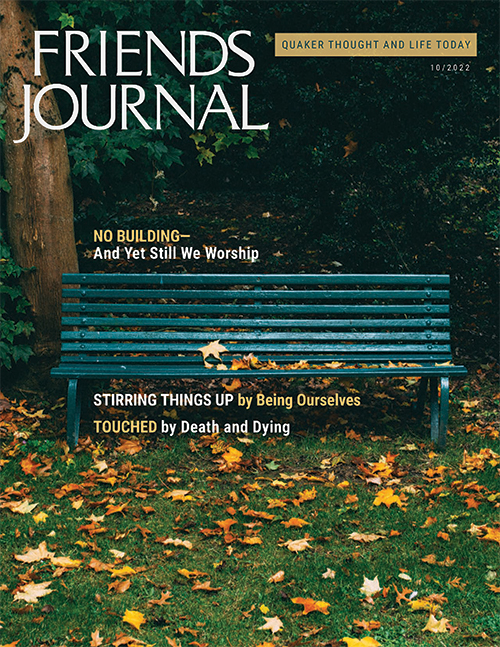
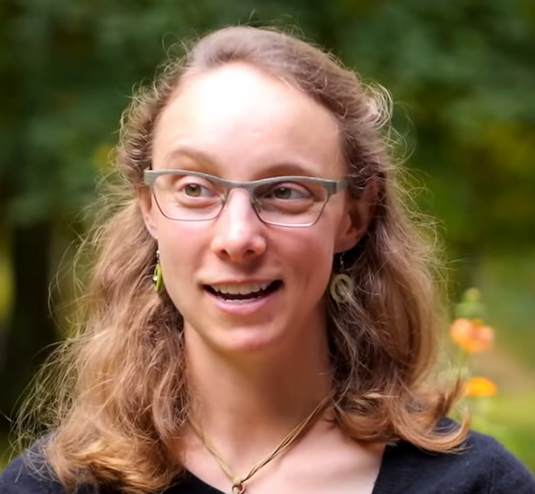

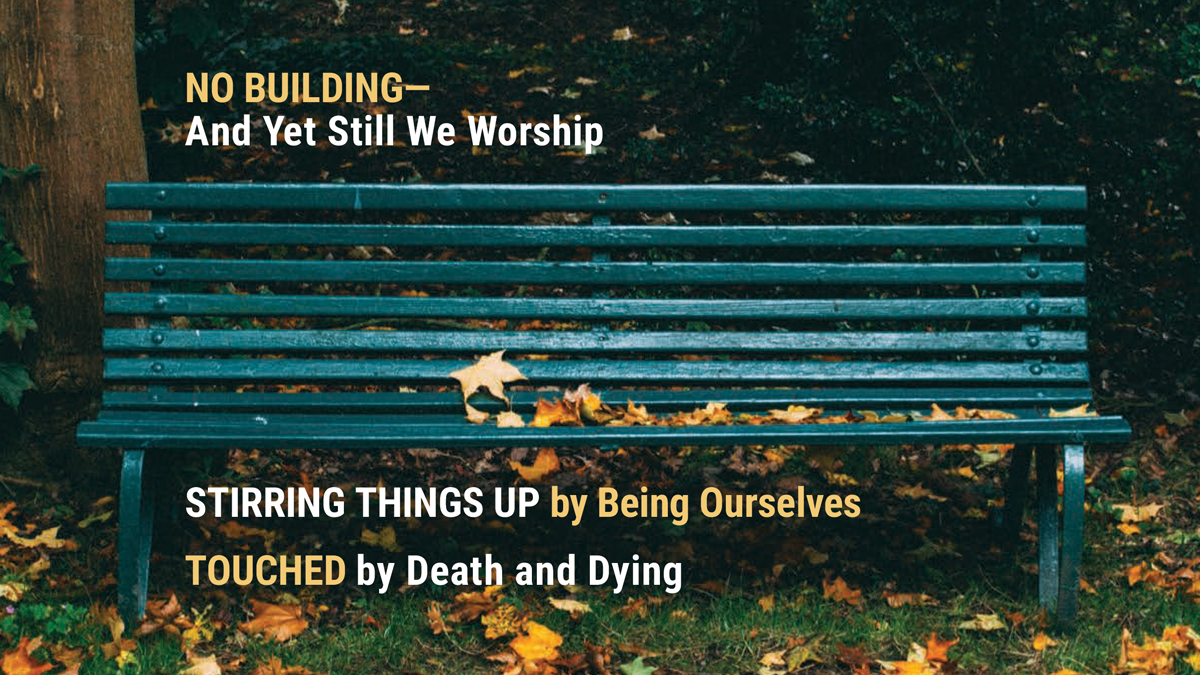
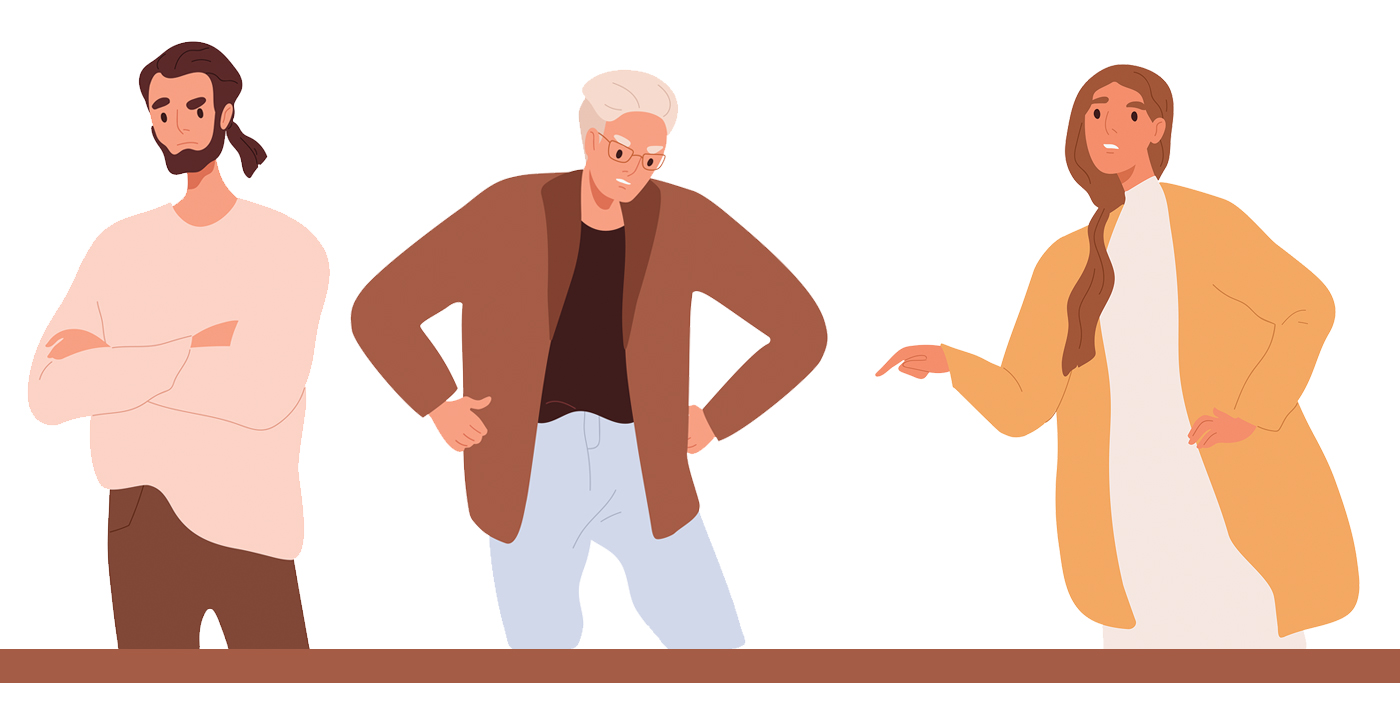
Maybe the statement about “whiteness, patriarchy and capitalism” would serve as the basis to discuss our differences. Lol
What part of that statement was challenging or disagreeable to you?
I really loved your article. I also got a lot out of your YouTube conversation with Friends Journal editor, Martin Kelley, “Author Video Chat Johanna Jackson.” In it, you and he discussed the difficulty of changing the conflict avoidance that too often runs through the culture of Quakerism.
I can think of one thing that may help create a Quaker culture where disagreement is not avoided. It is something I saw George Lakey do after a presentation he made. Instead of simply asking for questions, he said that he wanted to hear the ways people disagreed with what he had presented. He wanted to hear criticism. It was clear that he valued that kind of conversation.
One of the ways that the culture of conflict avoidance remains difficult to change is that people don’t experience a positive alternative to it. It becomes inconceivable that there could be a different way. But if just one person demonstrates an alternative, then people can see that there is an alternative, and they are more likely to embrace change. If we started ending things like adult education presentations (just to name one possibility) with a call for disagreement and criticism, it would send the message that the expression of different and even conflictual views are welcome and even valued in the community.
Thanks for sharing those useful and succinct examples! I appreciate your kind words as well. Your example from George Lakey reminds me of a meeting that once asked its members and attenders, “What is one thing that would help you feel closer to the heart of the meeting?” Their question admitted a painful truth: not everyone in the room felt welcome and connected at meeting. Rather than shy away from that truth, they brought it to the forefront and gently asked for feedback.
Asking “Anyone have a contrasting view?” could be useful in dialogue circles as well as presentations. I’ve found that at times in a group dialogue, one opinion or perspective can take center stage. This, in turn, paves the way for people with similar stories to continue sharing around the circle. Asking if anyone disagrees is a good way to open up room for more perspectives.
As you share in your Friends Journal article from March, healthy anger – and the response to it – can bring people closer together. Sharing about our true emotions helps us move into authenticity rather than hesitancy. Sometimes this can be as simple as saying, “I’m not comfortable with that idea” or by stating our needs.
In addition to asking for criticism, groups can also make a habit of offering more affirmations to one another. This is useful, especially when groups are in conflict! (I knew someone once who, just as we were moving into a conflict, would affirm some trait she saw in me that she loved. She spoke with truth and love. Each time, it was like a sucker punch to my resentment, which quickly poofed away!) In Quaker settings, offering affirmations at the rise of business meeting is a wonderful practice. It can encourage people to take more risks, knowing that they won’t be attacked. It can also encourage emerging leaders, who may be testing new skills they have or have yet to develop.
Many of the comments about an hour of silence not being the ideal medium for building community or feeling safe and able to express our – my – pain and other feelings rings very true for me. Although I’ve attended Quaker things off (mostly) and on (last 5 years) for decades, I look to my long term AA community for a place to express feelings and get listening and understanding and spiritual connection in return.
I would enjoy talking to the Listening Project duo about what they are doing.
Dear Tree,
Yes, please do reach out! You may want to take a look at our website first, forwardinfaithfulness.org. It shares resources about our ministry and research. The bottom of the home page lists a good email address to reach us.
I hear you on the power of 12-step groups, when it comes to strong listening and authentic expression. I’ve been impressed with how well my 12-step group often creates a safe space to be vulnerable. I think that this happens partly because at the beginning of the meeting, people set boundaries for how to act, and these are repeated for everyone who is present — newcomers as well as long-term members. What an important process!
As you continue to journey and explore, I’d like to suggest two resources that might interest you. One is Barbara Birch’s incoming book, “Eating with Christ.” Birch is both a Quaker and a person in recovery. Her book shares about embodiment, integrity, and recovery from a Quaker perspective. It comes out in April. Keep an eye out for it! The second is an article that is already available online: “Supporting Recovery among Friends.” I wrote this for Friends Journal in January 2020. In it, I interview several Friends in Recovery and asked them about your journeys. Based on what you shared, you may find yourself reflected in some of their stories.